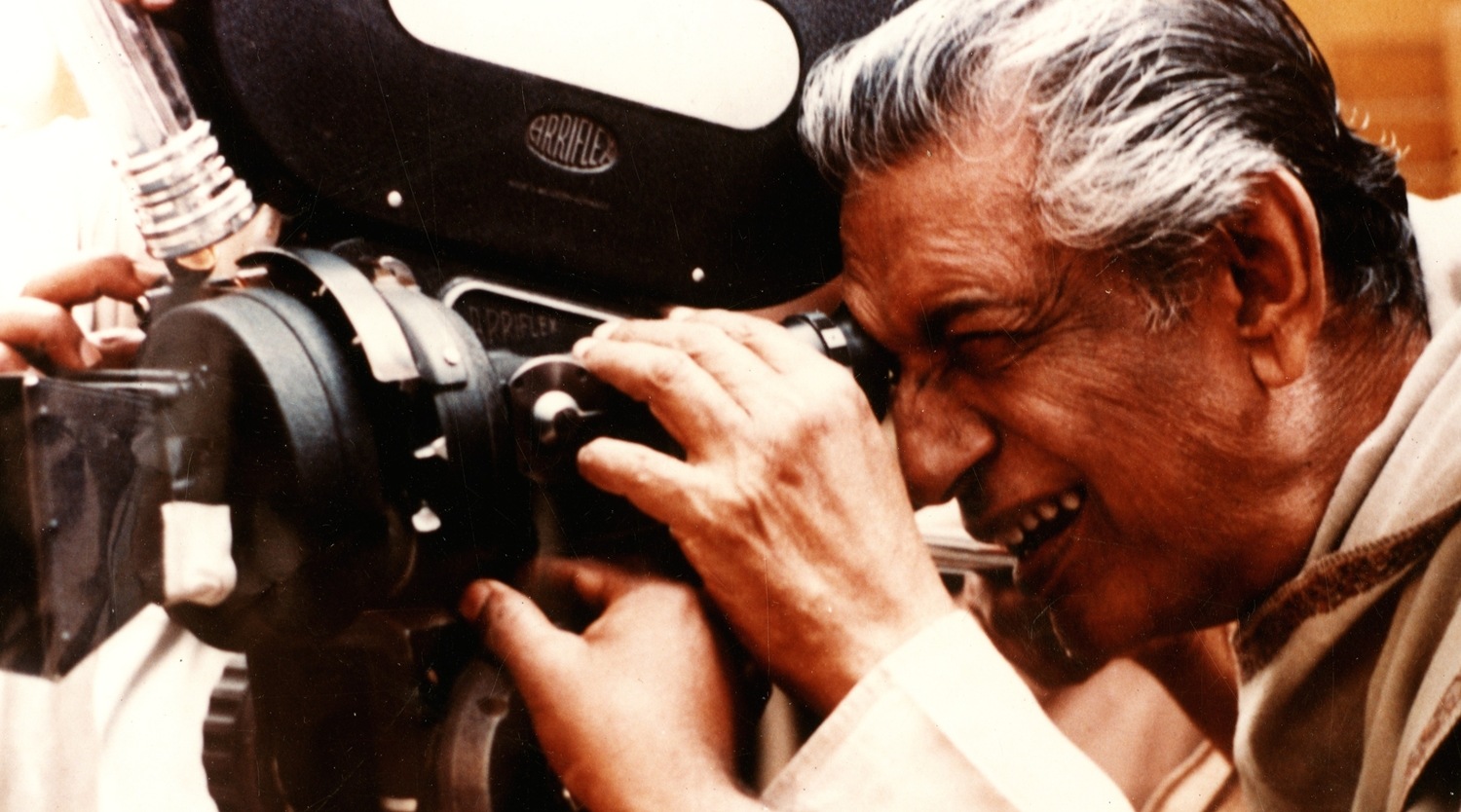


If the harsh image of poverty brought out by the article on the “Saint of the Slums” haunted him, Apu’s world came as a reassurance. Reader’s Digest article on Mother Teresa.

La Nuit Bengalie, some of Tagore’s poems, and a In his youth, all he knew of Bengal was through Mircea Eliade’s “The Apu Trilogy was, in fact, my first portal to West Bengal and its people,” he toldįrontline. Satyajit Ray, Essays: 1970-2005, a compilation of his essays as the name suggests, published by Manohar Publishers, New Delhi, Roberge provides a scholarly, original analysis of Ray’s works, giving an insight into the greatness of Ray both as a person and as an artist. He found the world of Apu so fascinating that he saw all three films in one sitting and there began his long-standing love affair with the people of India and Bengali cinema and culture, which led to path-breaking work in those fields. Gaston Roberge was acquainted with the works of Satyajit Ray through the Apu Trilogy. It was en route to India in 1961, at a stopover in New York, that 26-year-old Fr. This nuanced and lucid translation from the Bengali original, which includes a perceptive Foreword by Sharmila Tagore, presents to the English reader Ghosh's thoughts on Ray with over fifty exquisite, never-before-seen photographs.IT was a unique friendship that developed between a French-Canadian priest and one of the world’s greatest film directors, and had a singular impact on Bengali films both academically and practically. In the process, Ghosh was able to photograph Ray at work and play, capturing on film the many moods of the master director. Thus was formed a partnership that spanned over a quarter of a century.

Ghosh first worked with Ray on Goopy Gyne Bagha Byne, and Ray immediately found in him a kindred spirit who intuitively understood his requirements - and whom he understood. Manik-da is the latter's endeavour to depict the man behind the director's mask. This book reveals in its simplicity the ease and camaraderie between Satyajit Ray, one of India's finest film-makers, and Nemai Ghosh, photographer extraordinaire. Satyajit Ray, known to his intimates as Manik-da, remains India's most respected name in international film circles. Her fascinating lecture shows how a vibrant indigenous culture, coming into fruitful contact with the West at the end of the nineteenth century, blossomed into artistic creation - yielding parallels with Ireland. The Indian novelist ANITA DESAI looks at her country's colonial heritage and a shared background that gave rise to the work of Nobel Laureate Rabindranath Tagore and the film-maker Satyajit Ray. FRANK MCGUINESS, the internationally acclaimed playwright, offers a radically innovative reading of Oscar Wilde's De Profundis, while calling into being the material contexts of creativity - in this instance, a prison cell. EAVAN BOLAND, merging the personal and the theoretical, contends that the place of women as writers in Irish society have been shaped by a ' fusion of the national and the feminine'. Transforming anecdote into parable, this noted poet measures the cost of 'trying to remain true to yourself facing the "dark tower"' while being part of an essential but often soul-destroying bureaucracy. MICHAEL LONGLEY writes with remarkable candour of his years - 1970 to 1991 - as arts administrator in Northern Ireland. Two poets, a playwright and a novelist - Michael Longley, Eavan Boland, Frank McGuiness and Anita Desai - explore in these essays aspects of the imaginative process as each has experienced it: four major writers, four sensibilities, four ways of seeing creativity and its contexts.


 0 kommentar(er)
0 kommentar(er)
